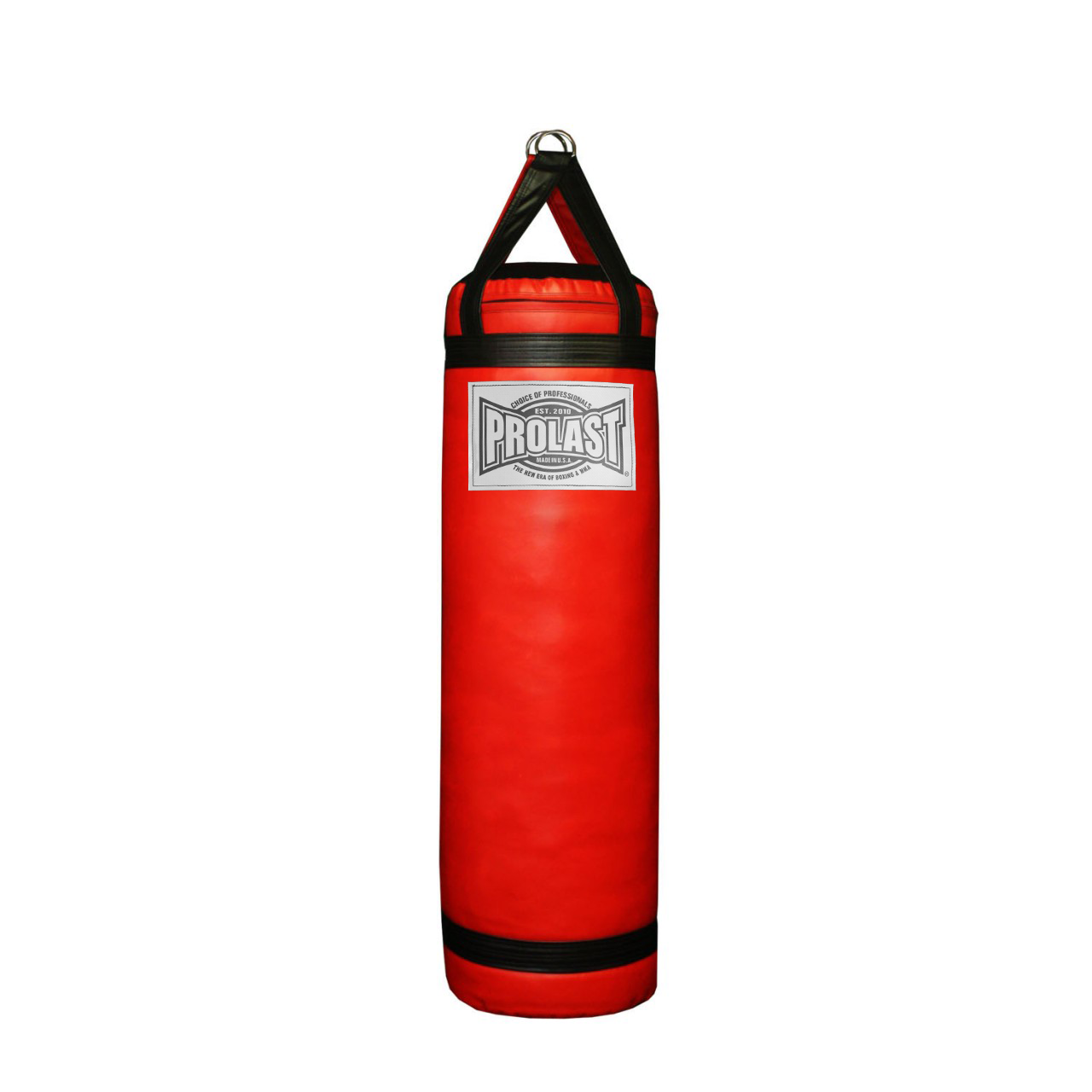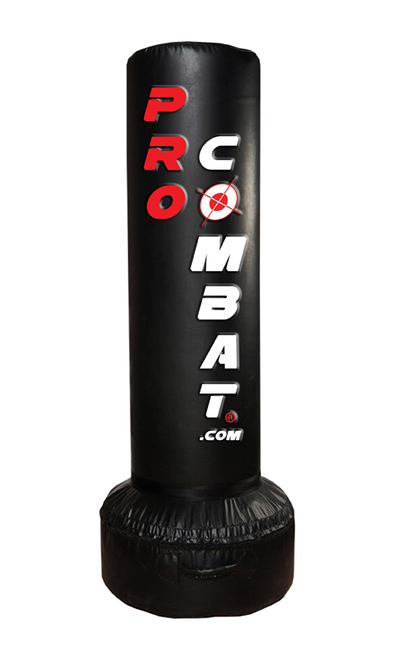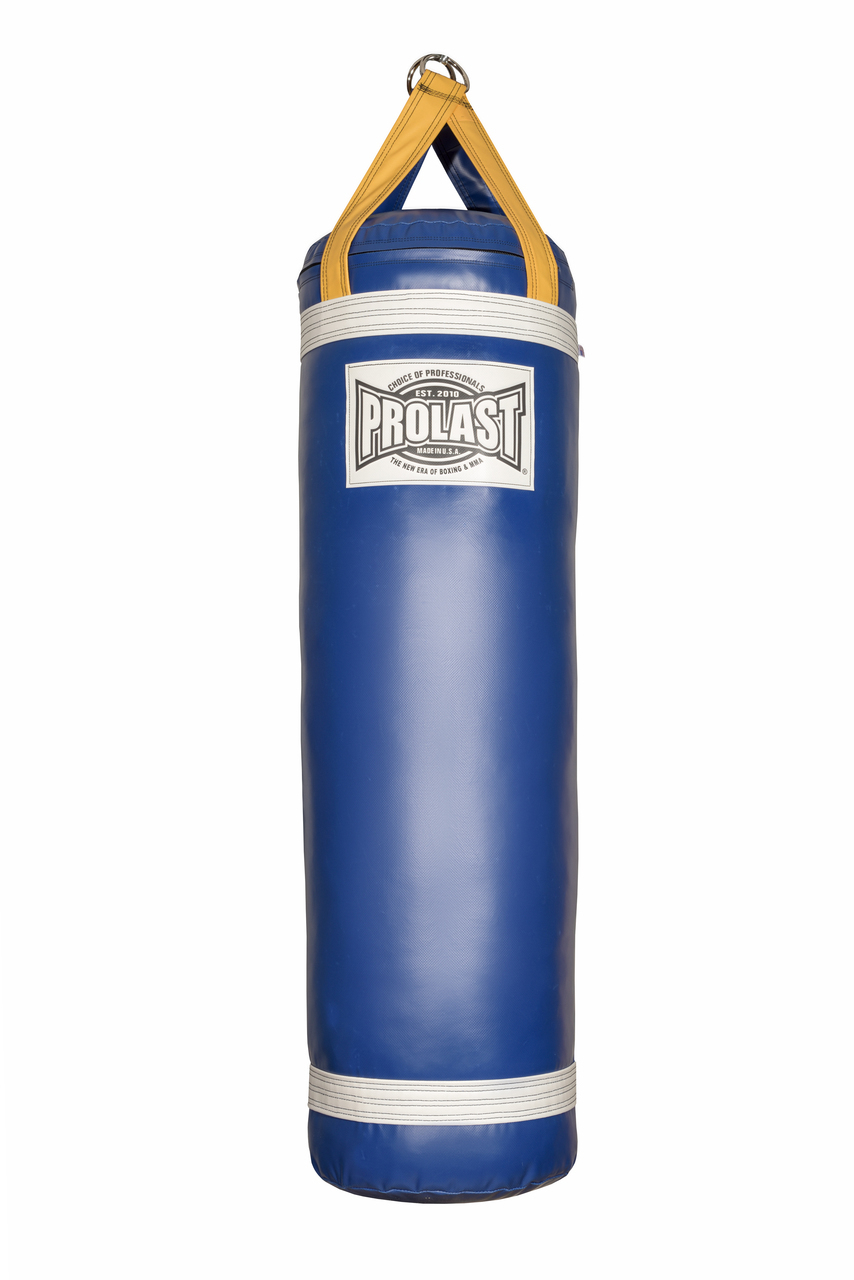Choosing a Heavy Bag
Posted by Robert P. on Apr 8th 2018
Choosing a Heavy Bag
Choosing a heavy bag / punching bag can be an important choice in your martial arts training. Get a great heavy bag and you can really develop and hone your striking skills. But choosing a bad heavy bag can be detrimental.
We’ve reviewed some of the top punching bags available in the Boxing, MMA, Muay Thai, Martial Arts, and Combat Sports industry and encourage you to check them out for more information.
Free Standing Vs. Hanging

The first choice you should make before looking at different Heavy Bag options is whether to get a free standing bag or a hanging heavy bag. Both have their positives and negatives, so which option to get really depends on your needs. Below we’ve listed the positives and negatives for each kind of bag.
Hanging bags positives
- Provide a better striking performance training experience.
- Tend to move around when struck, so they can help you work on your timing, speed, distance and accuracy.
- Often cheaper than free standing bags.
Hanging bags negatives
- Can be hard to set up and need a ceiling that can support the weight (or need to buy a separate heavy bag stand).
- Can’t be easily moved after the bag has been set up.
Free standing bag positives
- Easy to move: You can set it up in any room and then roll it out of the way when you’re done with it.
- Easier to set up than a traditional hanging punching bag / heavy bag.
- Can be placed on the floor for ground and pound training.
Free standing bag negatives
- Not as sturdy as hanging bags and hard strikes can make the bag move
- Usually more expensive than traditional hanging punching bags
Recommendations: The PROLAST® DURATECH 80 LBS BOXING Heavy Bag is a great choice if you are looking for a good and affordable hanging bag. The PRO COMBAT XXL is definitely our top choice for free standing bags.
Choosing a Punching Bag Weight

Choosing the right weight is very important when selecting a heavy bag. Choose a bag too light and it could go flying with a powerful kick. But choose a heavy bag too heavy and throwing punches or kicks can hurt your hands and legs. One thing to note about weight is that this rules only applies to hanging bags as free standing bags are designed differently.
In general, the rule we suggest to follow is to choose a heavy bag that is approximately 1/2 your body weight. Of course MMA punching bags won’t be exactly half your weight, so you can either round up or down a little. For example, if you weigh 160 pounds then a 70-80 pound heavy bag is probably a good choice. If you weigh 180 pounds, then you probably want to consider a heavy bag that weighs around 80-100 pounds. There are a couple of exceptions to this rule:
- If you are an experienced martial artist you may want to go with a heavier bag.
- If you have powerful strikes then you will also want to lean toward heavier bags. Otherwise the bags may move too much when hit with strong kicks and even punches.
Recommendations: The PROLAST RIPSTOP HEAVY BAG comes in two weight sizes (80 and 100 pounds) and it is a great choice at either weight.
Choosing a Bag by Filler Material
Generally MMA training bags are made from fiber (synthetic and natural), foam, sand or water. Each material has it’s advantages and disadvantages and below we cover the basics of each kind of material.
Cotton Fabric:
100% Cotton Fabric: 100% Cotton shredded fabric is recommended when filling a punching bag or heavy bag which will provide safety to the joints and the proper firmness required for intense training.
Wrap Up
Hopefully this article has given you the basics on choosing a punching bag / heavy bag. If you have any questions about how to choose a good punching bag don’t hesitate to contact us. We are always happy to answer questions about MMA and martial arts equipment.

